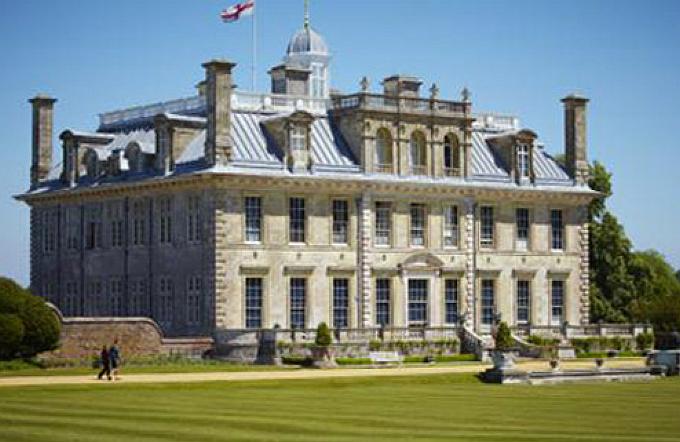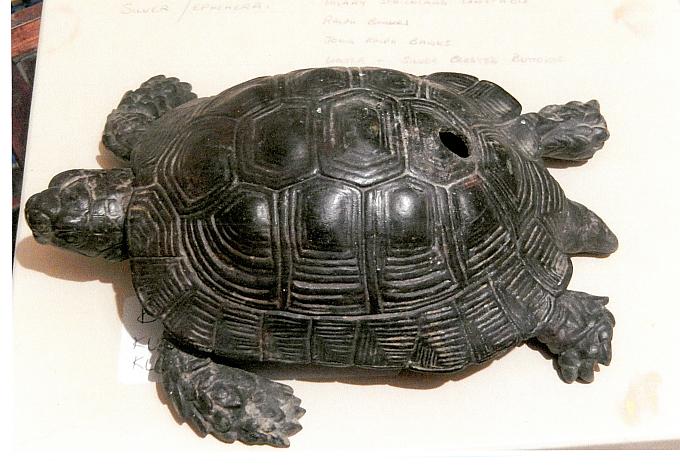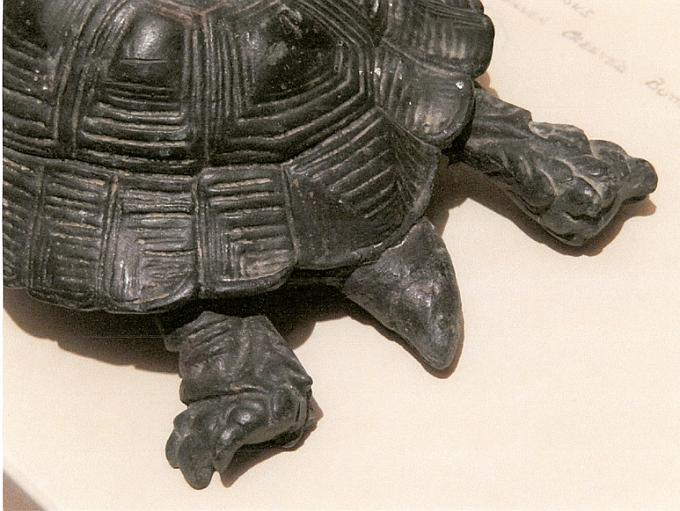INTRODUCTION: A LITTLE HISTORY
This striking 17th century mansion in Wimborne Minster, Dorset, was home to the Bankes family for more than 300 years and was created by three remarkable members of this family.
The first one was Sir John Bankes, who bought the estate in 1632-6. Sir John was first Chief Justice of King Charles. The family seat at that time was Corfe Castle, which came under siege during the civil war and was partially demolished in 1646.
Sir John’s son, Sir Ralph Bankes, the second of the three, decided to build a new family seat, a mansion on the Kingston Lacy estate and the result was Kingston Hall, built in 1663-5 of red bricks with hipped roof, balustrade and cupola, a central ante-room and parlour, flanked by four corner apartments. The park was replanted.
The third and the most extraordinary and colourful member of this family was William Bankes, who after university spent his youth travelling. He visited Spain between 1812 and 1814 and acquired many paintings. He journeyed through Spain and Petra, made two voyages up the Nile and brought back many treasures, all still displayed at Kingston Lacy. During his travels he had met the young architect Charles Barry (who later designed the Houses of Parliament) and between 1835 and 1841 Kingston Hall was transformed into a seventeenth-century Italianate palazzo in grey-green Chilmark stone, much as we know it to-day.

KINGSTON LACY: with a view of the terrace.
THE TORTOISE CONNECTION
William Bankes was not just fond of beautiful things and works of art, he was also particularly fond of tortoises and had a keen interest in these reptiles. Legend has it that he took his favourite tortoise to France for sculptor Baron Marochetti to produce a bronze model of the tortoise for him. Replicas of the bronze tortoise can be seen on the main terrace at the foot of the elegant flower pots.
He also commissioned several pieces of art incorporating replicas of his favourite tortoise. A key example can be found in the Saloon, where William inserted the marble niches with eighteenth century gilt wood candelabra, to which he added the tortoises.

The bronze model of the favoured tortoise attributed to Baron Marochetti, (which appears to be a male Spur-thighed Tortoise)

A TORTOISE YARD MAINTAINED
In 1841 William Bankes was exiled but he continued to commission carvings in marble and wood to embellish the interior. William died in 1855 and Kingston Lacy returned to its former tranquillity. The Bankes family maintained a tortoise yard at Kingston Lacy until the estate fell into disrepair and it was passed on to the National Trust in 1981.
INTERPRETATION PROJECT
2016 is the 175th anniversary year of William Bankes’ exile. He was a key historical figure at Kingston Lacy, both as an explorer and an assembler of a collection of internationally renowned art.
To celebrate his life the National Trust will be co-ordinating a series of activities and events this summer in an Interpretation Project to help visitors to get a greater sense of the Bankes story at Kingston Lacy and as part of this project a tortoise yard will be re-instated.
Of course, chelonian husbandry has moved on and the previous yard would not comply with modern standards anymore.
INVOLVEMENT OF THE BRITISH CHELONIA GROUP
The BCG has advised the Management Team of the Trust to create a “tortoise exhibit”, the kind of indoor and outdoor facility anyone can provide at their own premises.
A well-fenced outside enclosure, seeded up with tortoise edible plants has been provided, the southeast facing wall of the greenhouse is there for protection from wind and for sunbathing, logs and plants provide shade. A large earthenware sunken tray for drinking has been provided and on inclement days access to a partitioned off part of a greenhouse, with a state-of-the-art tortoise house, a bark substrate and a hanging lamp providing the correct UV lighting.
The inmates are a small, already integrated group of adult Mediterranean Tortoises, all females. They have been microchipped and fingerprinted for security and are looked after by one of the staff at Kingston Lacy.
Care sheets are on hand for visitors. Visiting children are provided with a black and white picture of a tortoise to be coloured in as part of the children’s crafts initiatives.The tortoise exhibit will be there from June till September 2016.
HOW TO VISIT
A visit to Kingston Lacy is well worth your while. There is an outstanding art collection including paintings by Rubens, van Dijk, Titian and Tintoretti. The gardens are beautifully laid out and include a restored Japanese tea garden.
There are waymarked walks through the surrounding parkland with its fine herd of North Devon cattle. Eating and shopping, events and activities for children. Even dogs are welcome (under close control and not in the actual house). A splendid day out during the holidays ....and even a tortoise exhibit!
For finding out more and how to get there: Click here. Tel 01202 883402.



